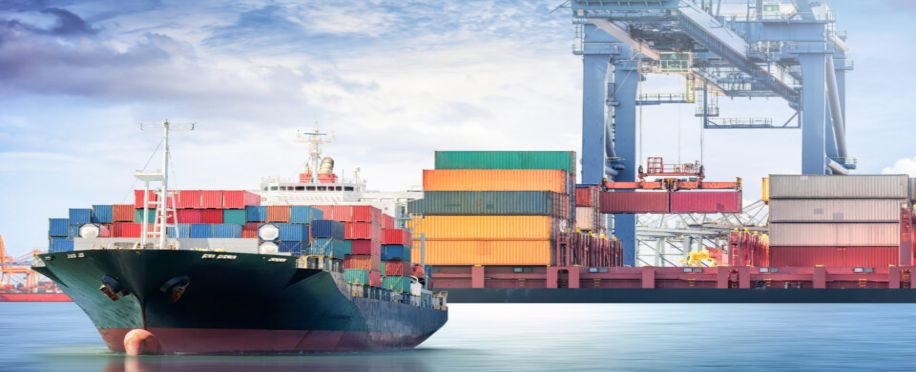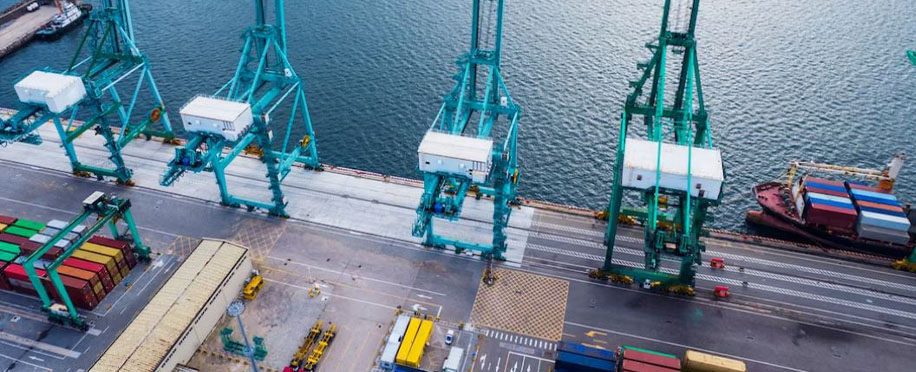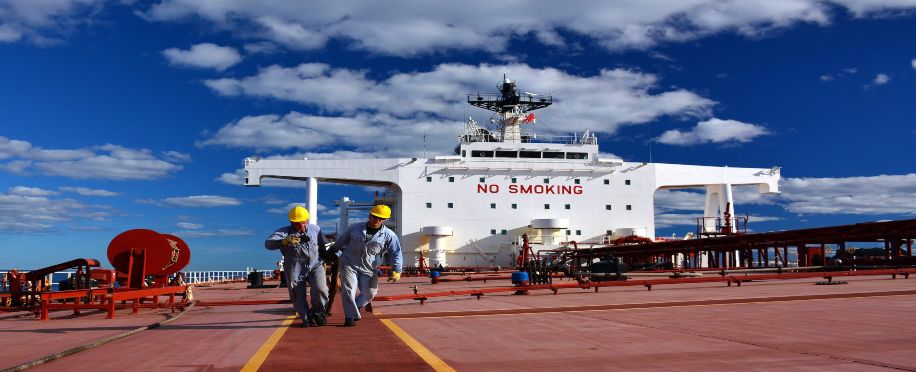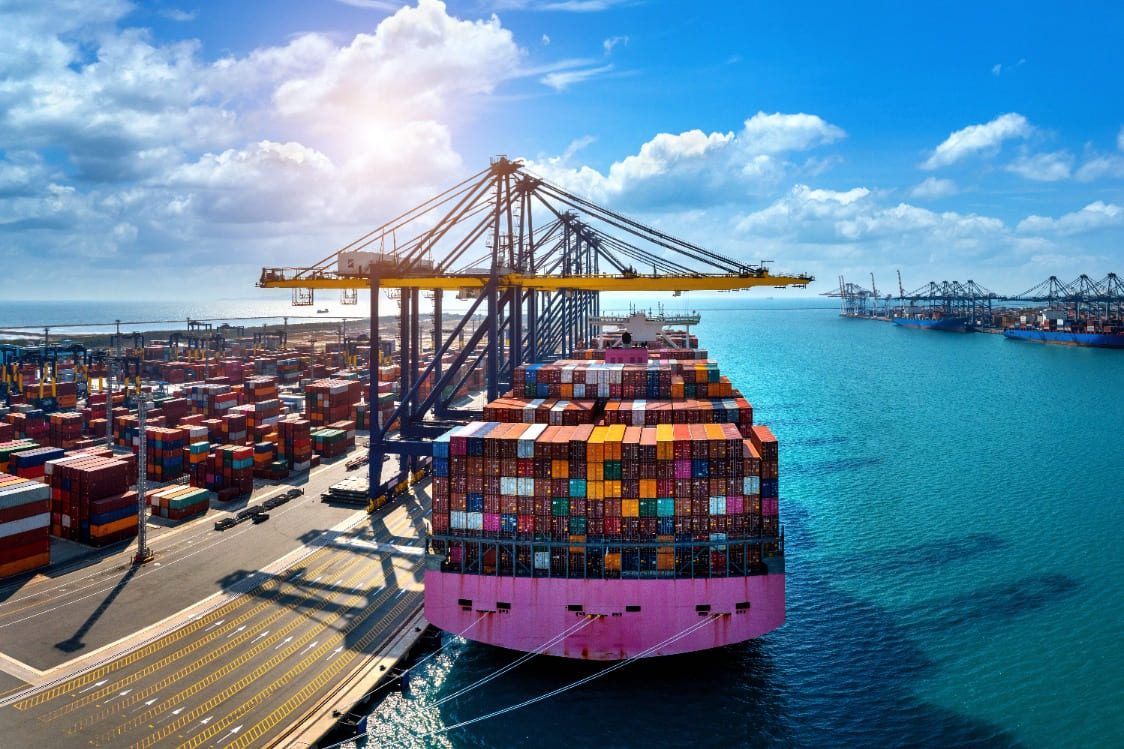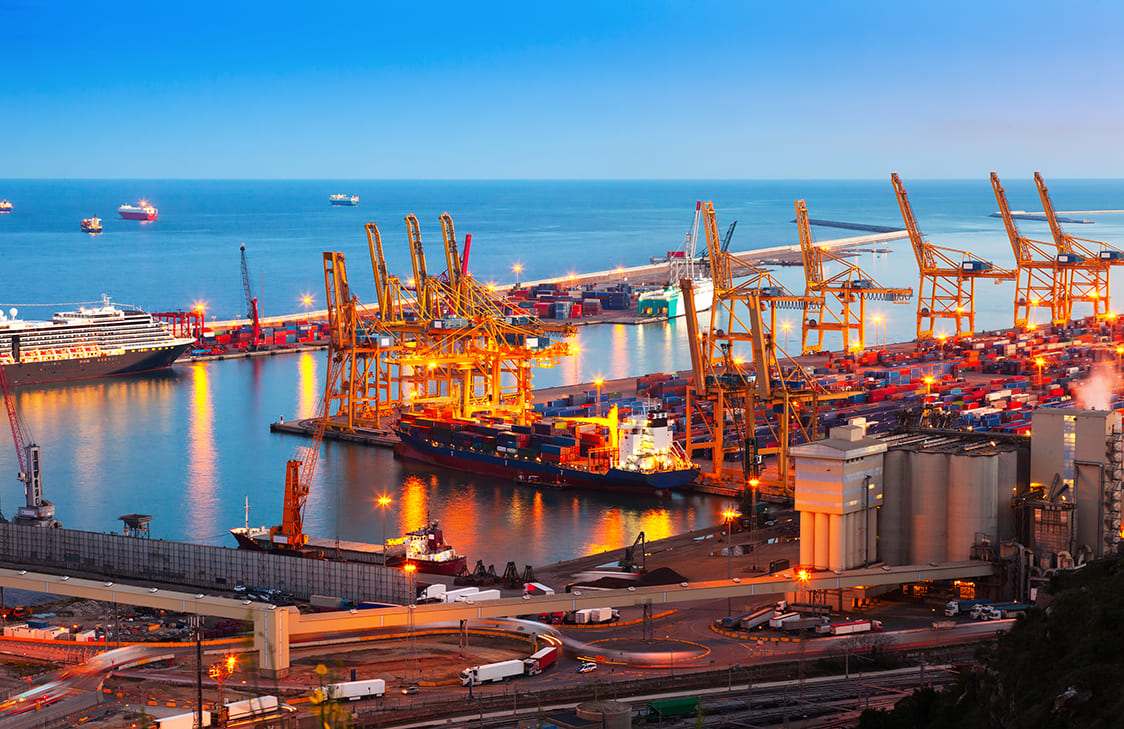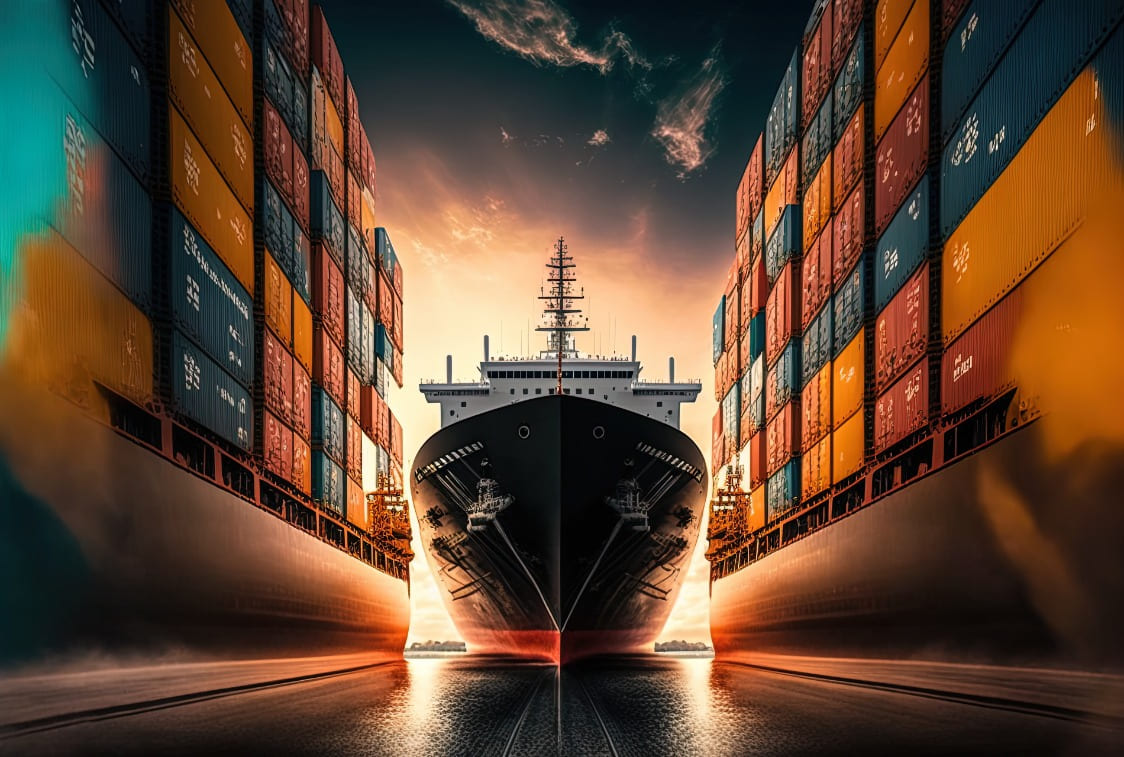Optimising Efficiency and Safety: Advanced Cargo Handling Techniques for Modern Shipping

Posted on Feb 21, 2024 at 10:02 PM
Have you ever considered how goods are shipped securely and effectively across the seas and oceans? The cargo handling process plays a significant role in the maritime sector by loading, offloading, and storing goods on ships.
This article discusses essential cargo handling techniques for advancing modern shipping.
Modern shipping: Advanced cargo handling techniques
One of the most innovative ways that have reshaped the cargo handling operation is AGV- Automated Guided Vehicles. These driverless vehicles are designed to transport goods between warehouses and terminals, reducing the need for human labour and also enhancing efficiency.
But how does this happen? The AGVs (as the name suggests) are automated and guided. They are programmed to move on pre-set routes and transport the cargo quickly and accurately in a way that human error cannot interfere with, increasing overall operational efficiency.
1. Automated Guided Vehicles (AGVs):
-
Self-driving vehicles that transport goods within warehouses and terminals.
-
Reduces the need for manual labour and increases efficiency.
-
Helps minimise the risk of human error and improves operational efficiency.
Another exciting application of technology that is changing how cargo is handled is using drones for inventory management and inspection. Drones with cameras and sensors are capable of scanning and monitoring cargo rapidly, becoming a great source of real-time data on inventory levels and proper handling practices. Drones are a tool that can help to increase safety and improve efficiency in the cargo transfer process.
2. Drones for Inventory Management and Inspection:
-
Drones with cameras and sensors are used for scanning and monitoring cargo.
-
Provides real-time data on inventory levels and ensures proper handling practices.
-
Enhances safety protocols and optimises cargo handling processes.
Moreover, integrating RFID (Radio Frequency Identification) technology has enhanced cargo tracking and tracing effectiveness. Using RFID tags on cargo containers allows shipping companies to track goods' movement and location in real-time throughout the entire supply chain. This advanced tracking system provides us with an enhanced level of visibility, particularly regarding accountability, thus leading to improved inventory management and reduced risks of loss or theft.
3. Radio Frequency Identification (RFID) Technology:
-
Attach RFID tags to cargo containers for tracking and tracing.
-
Monitors the movement of goods throughout the supply chain in real-time.
-
Improves inventory management and reduces risks of theft or loss.
Along with technological progress, newer cargo handling methods also emphasise safety measures to ensure the safety of cargo and personnel. Training programs that involve correct lift techniques, hazard awareness, and emergency response procedures help create a safe working environment for workers in cargo handling operations. Providing fully-fledged safety training, like the one shipping companies put in place, helps to lower possible accidents and injuries that can promote a culture of safety and well-being.

4. Focus on Safety Measures:
-
Training programs for personnel involved in cargo handling operations.
-
Emphasises proper lifting techniques, hazard awareness, and emergency response protocols.
-
Minimises accidents and injuries and promotes a culture of safety and well-being.
Will technology replace humans?
Let's examine the way these innovations are shaping the future of shipping management We can only ask ourselves, will technologies continue to evolve till they replace the importance of human effort?
The answer is a resounding NO! These new technologies are the only tools to help us do our jobs better and more efficiently. They are not meant to replace the human element in shipping management but to enhance it. For example, the use of drones for surveillance purposes is one such innovation that has been widely adopted by many companies today. However, there will still be a need for security guards at ports or other facilities.
How can shipping management training courses help?
As mentioned, technologies are here to enhance shipping management, not overcome it. And how else can we master something without learning how to use it to our advantage?
Shipping management training courses can help you learn how to use new technologies in your shipping management. They can also help you understand the benefits and limitations of these technologies so that you can make informed decisions when implementing them in your company.
So if you want to keep up to date with the new advanced cargo handling techniques, you must first learn what they are and how they work; what are you waiting for? Join a course today.
In conclusion
Cargo handling is an essential part of the shipping industry. It is also a very complex process that requires much knowledge and skill to do properly. If you want to keep up with the latest cargo handling advances, you need to learn what they are and how they work.
